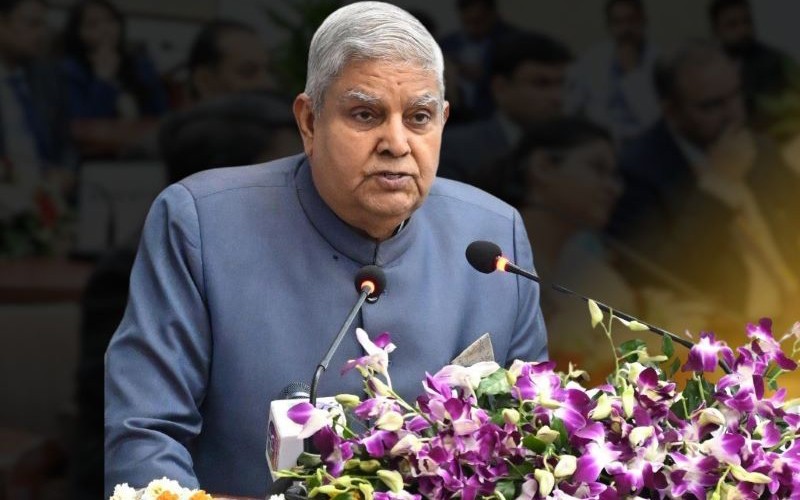Battle for Punjab’s Future: Sikh Community’s Role in Combating Youth Drug Abuse

The land of five rivers, Punjab, once a symbol of fertility, prosperity, and the birthplace of the brave Sikh community, has been grappling with a different reality in recent years. A crisis that has ravaged the youth of the state – drug abuse. With the statistics painting a grim picture, the Sikh community has taken it upon themselves to combat this problem and preserve the future of Punjab’s generations.
The extent of the drug abuse issue in Punjab is alarming. According to a Times of India report, an estimated 70% of the state’s youth are affected by drug addiction. Substance abuse ranges from prescription medications to street drugs like heroin and synthetic drugs like crystal methamphetamine. The reasons behind this epidemic are multifaceted, involving a combination of socioeconomic factors, political influences, and the easy availability of narcotics.
Youth in Punjab are especially vulnerable due to the state’s strategic location, situated near the Golden Crescent – the drug-producing region encompassing Afghanistan, Iran, and Pakistan. This geographical proximity has facilitated easy access to drugs, making them cheaper and readily available.
The impact of drug addiction on Punjab’s youth is devastating. Many face health complications, social isolation, and mental health issues as a result of their addiction. With the majority of the workforce being affected, the state’s economy and social fabric are also under threat. To tackle this challenge, the Sikh community has played a significant role in raising awareness and providing rehabilitation services.
Gurdwaras, the Sikh places of worship, have been at the forefront of this fight. They have opened their doors to those struggling with addiction, offering food, shelter, and support without discrimination. Gurdwaras have also established rehabilitation centres, providing a safe space for addicts to recover under the guidance of trained professionals. These centres not only focus on physical detoxification but also on mental and spiritual healing, employing the principles of Sikhism to help individuals rediscover their purpose and reconnect with their faith.
The Sikh community has also been instrumental in spreading awareness about drug addiction, with religious leaders addressing the issue during sermons and community gatherings. Many Sikh organizations have started programs to educate the youth about the dangers of drug abuse and the importance of leading a healthy, purposeful life. They have been reaching out to the most vulnerable sections of society, including those in rural areas, to ensure that their message of hope and healing is accessible to all.
A shining example of the Sikh community’s efforts is the work of the Baba Farid Center for Special Children, founded by Gurpreet Singh in 2003. The centre focuses on providing holistic care to children and young adults affected by drug addiction and various disabilities. The centre’s success in rehabilitating and reintegrating its wards into society serves as a beacon of hope for the community.
The Punjab government has also taken note of the Sikh community’s work and has partnered with them to amplify their efforts. The government has initiated several measures, such as implementing stricter drug control policies and providing financial assistance to community-run rehabilitation centres.
Despite the progress made, the road to recovery for Punjab’s youth is a long one. The Sikh community’s resilience and dedication to saving their future generations offer hope and inspiration to others facing similar challenges. Their efforts embody the spirit of Chardi Kala – the unwavering optimism and the relentless pursuit of progress in the face of adversity. As the Sikh community continues to lead the charge against drug abuse, the battle for Punjab’s future is far from over, but the prospects of winning are brighter than ever.





